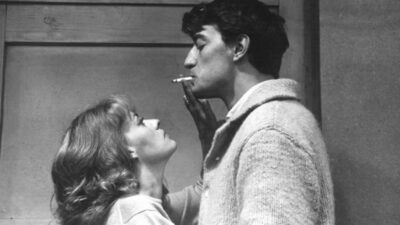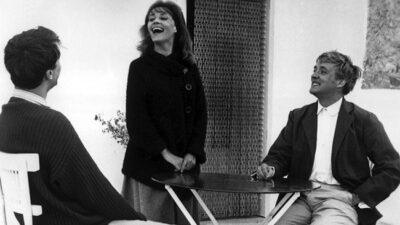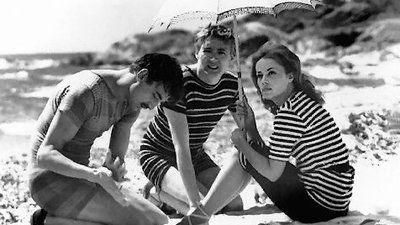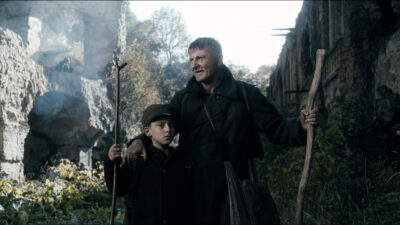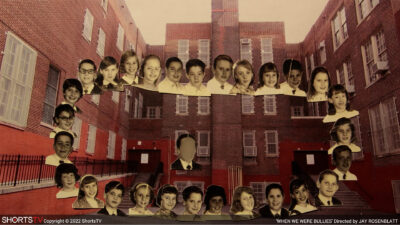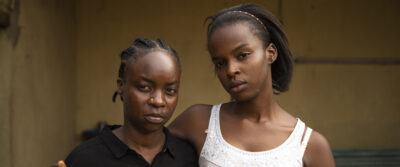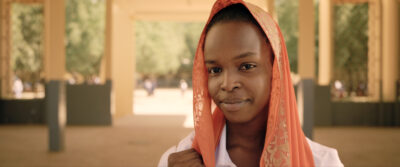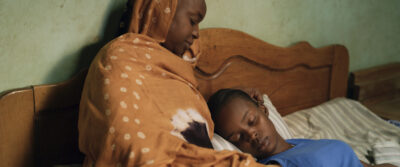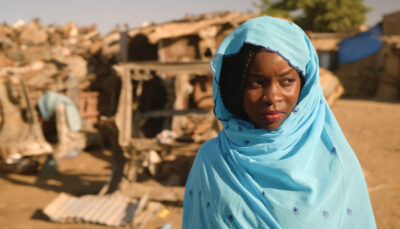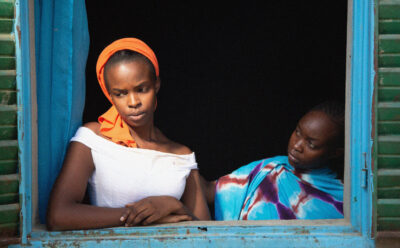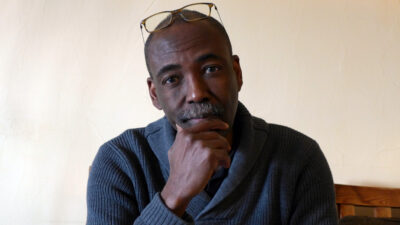Welp, that’s a wrap for the 2022 Oscars and our contest. Laemmle moviegoers were able to foresee the Academy’s choices very accurately with two exceptions: they went for the more conventional Best Picture nominee with CODA over The Power of the Dog and the artier choice with Best Animated Short nominee Windshield Wiper over the family-friendly Robin Robin. The Power of the Dog was in a tight race for Best Adapted Screenplay with eventual winner CODA. Best Original Screenplay split somewhat evenly between Paul Thomas Anderson for Licorice Pizza and eventual winner Kenneth Branagh for Belfast.
See the full results in cool pie charts at laemmle.com/oscars. We’ll announce our winners on this page on Thursday, March 31.
The sad, shocking incident during the ceremony overshadowed everything but one thing worth taking a second look at is Kevin Costner‘s presentation of the Best Director Oscar. It was probably the best presentation of the evening. He has won the award himself, of course, 30 years ago for Dances with Wolves. He spoke movingly and deliberately about the experience of seeing movies in theaters and how seeing How the West was Won at the Cinerama Dome inspired him to become an actor and filmmaker. The in-person audience giggles at first, but by the end you could hear a pin drop. Here’s a transcription and video:
You know, about a half-mile from here, I saw my first full-length adult movie. I know what you’re thinking, but I was seven years old and I was away from my parents and wanted to have some fun. It was a cowboy movie called How the West Was Won. And what I witnessed that afternoon in the Cinerama Dome was perfect. The curtain, when we still had them, opened to a film almost four hours long. It had an intermission where the score continued, subtly signaling at one point that the second half was about to start. I don’t know where everyone went, but I wasn’t going to move an inch. I decided that I would not give up my magic seat. I was determined that I would not miss a minute. And as I sat in that dark that afternoon 60 years ago, all I really knew was that I was in careful hands. Little did I know that three directors would be responsible for that epic moment in my life. They fired my imagination, and they captured my heart. That’s what can happen when you direct a movie. You can change a mind. You can change the trajectory of a life, of a career. You can capture a heart. But you can’t do it alone. And directors, tonight’s directors all know the possibilities. They know what’s at stake. It’s why they give their precious time. It’s why they choose to fight through the long days, and the longer nights, and the endless questions, and the inevitable second guessing that comes from those who would do it differently if given half a chance. These five directors have all managed to stay the course. They have all held the line and masterfully given us the gift of a single vision, and for that we honor them.

